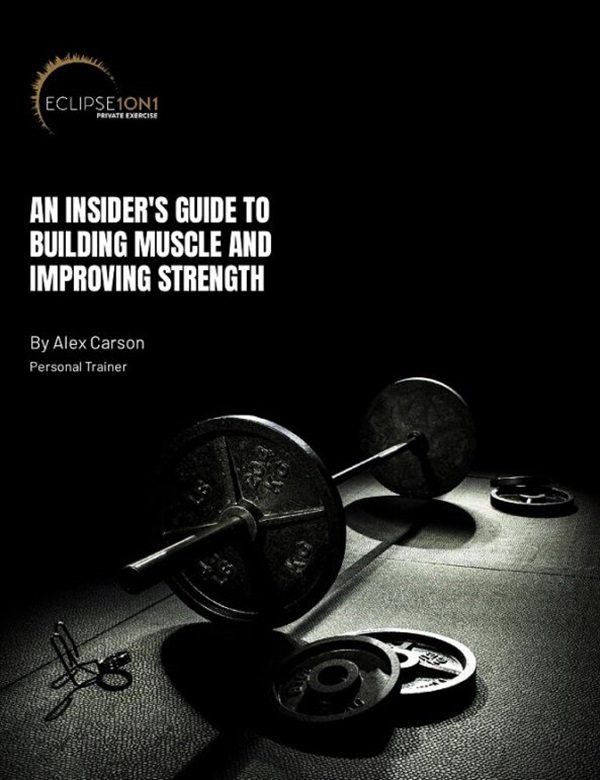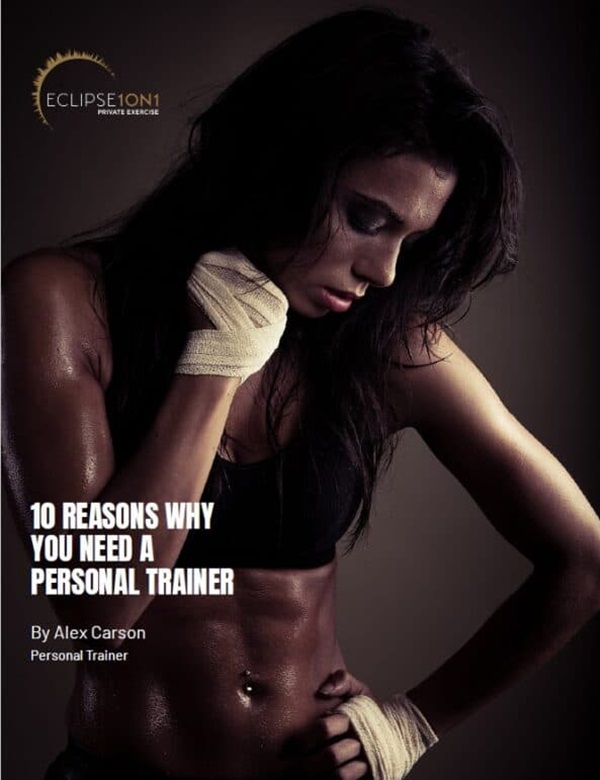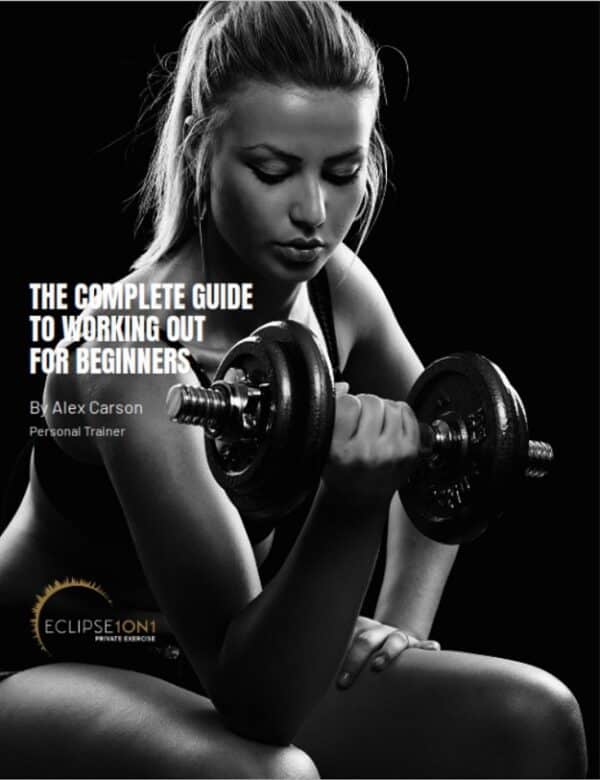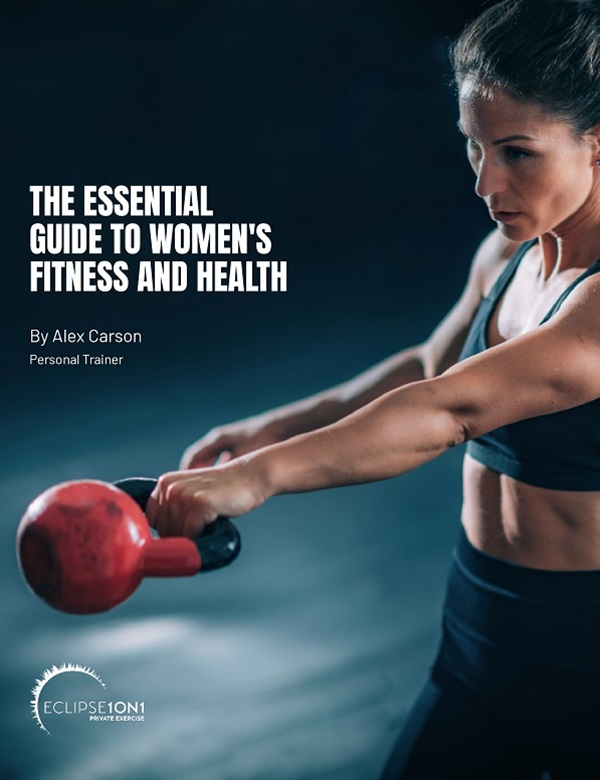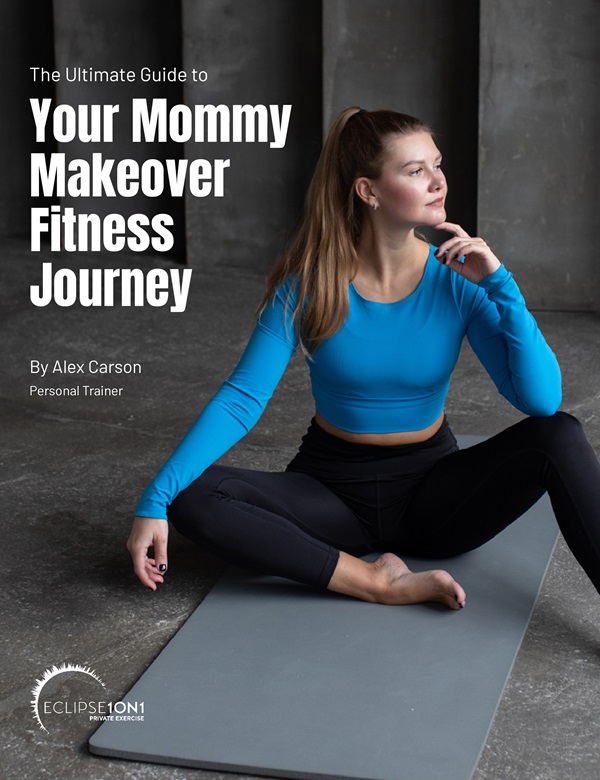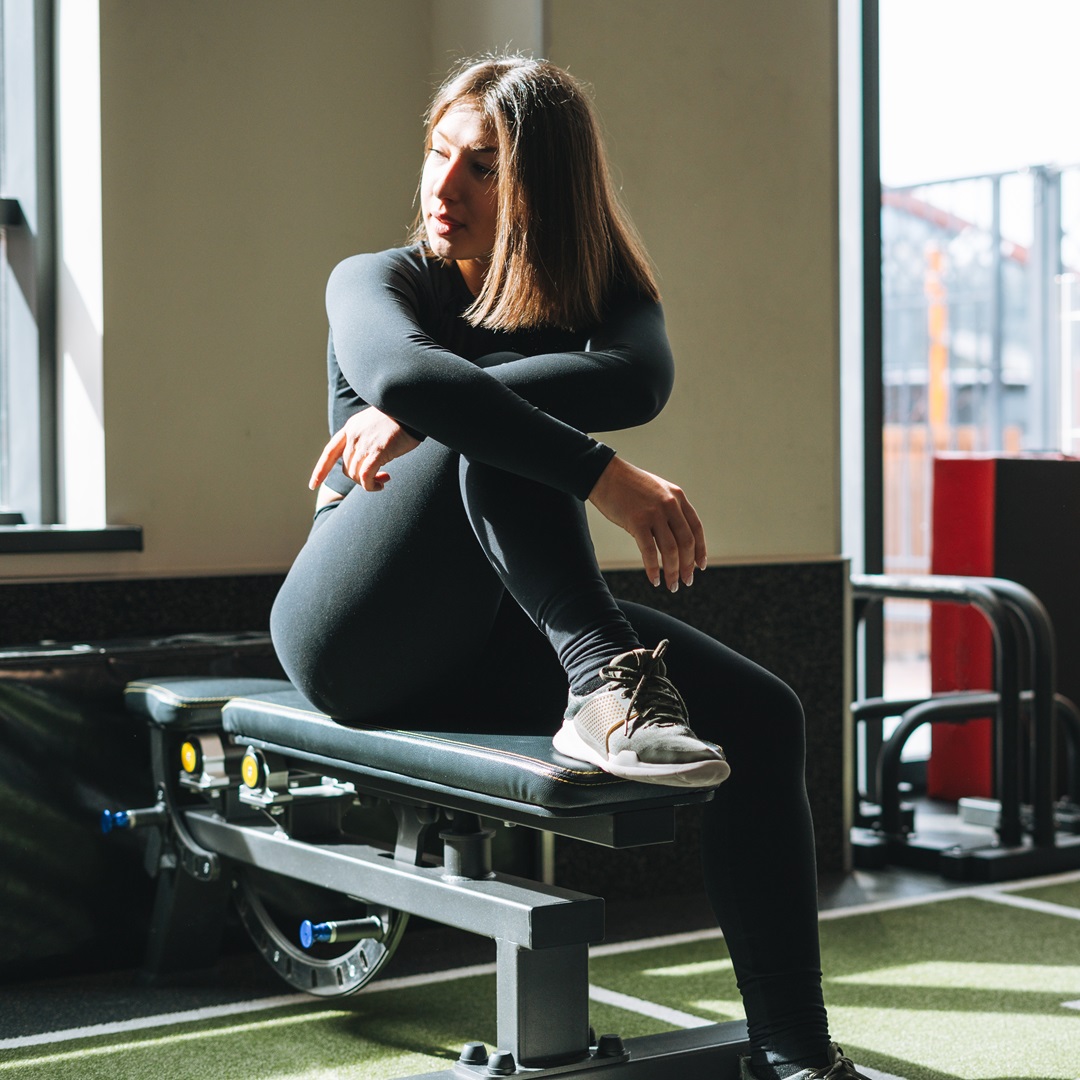How to Assess Your Fitness Level
How to Assess Your Fitness Level
It’s that time of year when you are preparing to make a commitment to get in the best shape of your life in 2023. But how do you measure your current level of fitness and how do you monitor your improvement?
Your fitness level isn’t just about how much you weigh, how tight your abs are, have fast you can run a 10K, or how much weight you can lift. There are other less obvious ways to evaluate your fitness, and we give you seven of them here. While we provide results classifications for each of the tests below – based on the average scores of healthy adults – focus more on your own results and not which classification you fall into. Then, as you move through 2023, assess your results against your baselines.
1. Resting Heart Rate
Counting the number of beats of your resting heart rate (RHR) is a useful way of indicating your fitness progress. It should reduce as your aerobic fitness improves. Your resting heart rate (RHR) represents the number of times your heart beats each minute when you are at rest. Since a strong cardiovascular system allows your heart to pump more blood with every beat, a lower RHR tends to correspond with higher aerobic fitness. Some athletes have recorded a RHR of 40.
To measure your RHR, place two fingers either on your neck, just below your jawline (carotid artery), or on your wrist (radial artery), and then count the number of beats you feel in 60 seconds. You should count the first beat as zero. It is often thought that the best time to take our RHR is first thing in the morning.
Results of this exercise:
- 60 or less = Good
- 61 to 80 = Average
- 81 to 100 = High, but still considered acceptable
- 101 or more = Abnormally high (not good!)
Your resting heart rate is a useful marker of your fitness progress, as it will drop as you get fitter.
2. Push-Ups
Push-ups are a great indicator of your upper body strength and the progress of your muscle building exercise. Technically, this test measures muscular endurance rather than pure strength, as it is based on how many you can do in a fixed time rather than how much weight you can lift – but it is still a respectable measure of upper-body strength. Push-ups challenge the chest, shoulder, and upper arm muscles – and require good core stability.
Assume a push-up position (if you can’t do any push-ups, then assume a modified position with your knees and lower legs on the floor). Each repetition must be executed with good technique: the body should remain in a straight line, the head should be in line with the spine, and the arms should bend to at least 90 degrees.
Results of this exercise:
- 30 or more for men / 25 or more for women = Excellent
- 25 to 29 for men / 20 to 24 for women = Good
- 20 to 24 for men / 15 to 19 for women = Not bad
- 19 or less for men / 14 or less for women = Needs work!
3. 12-Minute Walk/Run
Kenneth Cooper – the man credited for inventing aerobics – developed his Cooper Test in the 1960s, and the method is still widely used to measure cardiovascular fitness. The test is designed for running exercise, but you can walk it if necessary.
The important thing is to maintain a steady pace. Cooper’s results are based on a mixed gender sample of thousands of people.
Use a flat, measurable route (an athletics track is ideal) or a treadmill. After a five-minute warm-up, set a stopwatch and run or walk at as fast a pace as you can sustain for the duration of the test. Record the distance and compare it to the values below.
Results of this exercise:
- 46 miles or more = Excellent
- 33 to 1.45 miles = Good
- 32 to 1.26 miles = Fair
- 25 miles or less = Poor
4. Plank
You’ve certainly heard of core stability (the strength and function of the deep stabilizing muscles of the trunk) – but how is yours? The plank will give you the answer, as it is a position that you will find difficult to hold if your core stability is poor. Simply practicing this exercise movement will soon get your core stabilizers firing.
Lie on your stomach with your forearms on the floor, elbows directly under your shoulders, fists facing each other. Tighten your core muscles, curl your toes under, then press down through your forearms and extend your legs to lift your body. Your head, neck, back and legs should form a straight line (like a plank of wood). Hold this position for as long as possible.
Results of this exercise:
Holding the plank for two minutes is considered the benchmark for exceptionally good core strength. If you can hold the position for more than one minute, then you have a strong core. A time of 30 to 60 seconds is average, while less than 30 seconds means that you need to work on it more.
5. Vertical Jump
Power is the ability to exert a force quickly. It’s what gets sprinters off the blocks and basketballers shooting hoops. To exert power, all your muscle fibers must be recruited, so people with lots of endurance, but less strength, are often quite poor at it.
To assess your power, stand next to a clear wall space and raise your arm which is closest to the wall as high as possible while standing with your feet flat on the floor. Mark the spot where your fingertips touch the wall. Once you’ve done this, leap up as high as possible, arms overhead, and touch the highest point you can on the wall. If there isn’t anyone there to mark the spot you reach, you can smudge some chalk on your finger to make a mark. Now you need to subtract your standing height from your jumping height in inches and compare your result to those below.
Results of this exercise:
- 24-28 inches for men / 20-24 inches for women = Very good
- 20-24 inches for men / 16-20 inches for women = Good
- 16-20 inches for men / 12-16 inches for women = Average
- 16 inches or less for men / 12 inches or less for women = Below average
6. Waist-To-Hip Ratio
Waist-to-hip ratio (WHR) is an assessment of the proportion of fat stored around the waist compared to the hip girth. Having an apple shape (carrying excess fat around the stomach) is worse for your health than having a pear shape (carrying excess baggage around your hips or thighs), as it is associated with heart disease and diabetes.
Measure the circumference of your hips at the widest part of your buttocks with the tape held firm but not pulling. Measure the circumference of your waist at the narrowest point. To determine the ratio, divide your waist measurement by your hip measurement.
Results of this exercise:
For women, a healthy waist-to-hip ratio is less than 0.8. A healthy waist-to-hip ratio for men is less than 0.9.
7. Wall Sit
This exercise test – in which you sit on an invisible chair against a wall until your thighs tighten – is a terrific way to assess your lower body strength.
Find a wall space, lean your back against it, and shuffle your feet forward. Slide your back down the wall until your knee and hip joints are at a right angle, and then start your stopwatch. You should look like you are sitting on an invisible chair. Hold the position as long as you can bear it while breathing freely.
Results of this exercise:
- 76 seconds or more for men / 46 seconds or more for women = Very good
- 58 to 75 seconds for men / 36 to 45 seconds for women = Average
- 57 to 30 seconds for men / 35 to 20 seconds for women = Below average
- 30 seconds or less for men / 20 seconds or less for women = Poor

